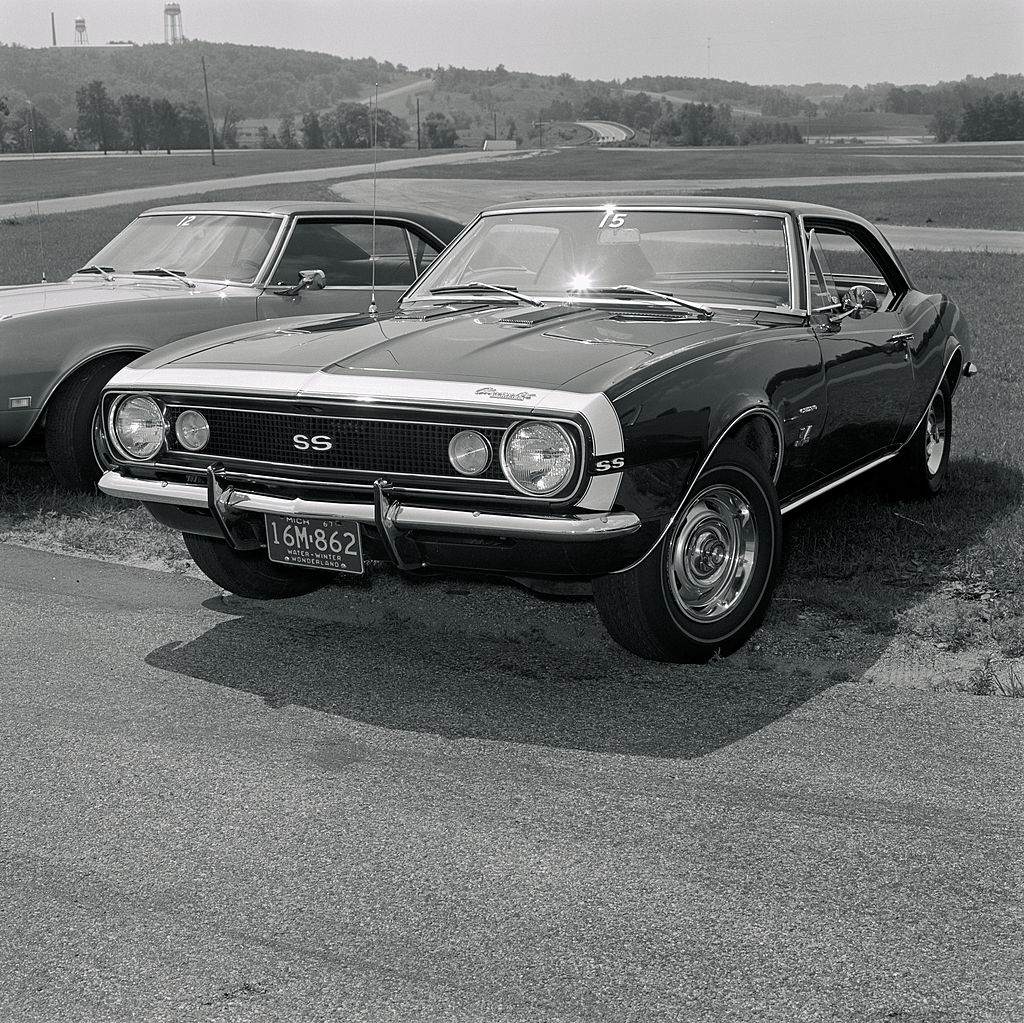
How the Chevy Camaro has changed over the years
Content
- The original name was "Panther".
- What's in the name?
- First experimental Camaro prototype
- The world met the Camaro on June 28, 1966.
- Seven engine options
- Yenko Camaro has become even more powerful
- Tire spray option
- 1969 Camaro is even better than the original
- Chevrolet Camaro Trans-Am racing car
- Designers drew inspiration from Ferrari
- Camaro Z/28 spearheaded Chevy's comeback in the 80s
- People were crazy about IROC-Z
- 2002 revival
- Rare Edition
- Bumblebee in Transformers Camaro
- Sylvester Stallone is a Camaro fan
- Neiman Marcus Limited Edition
- Official vehicle of the Dubai Police
- Indy 500 record racing car
- Six different body styles
- Two 1969 versions
- It might be more than a race
- No more big block engines
- The hatchback was introduced in 1982.
- This time with air conditioning
- Alloy wheels 1978
- Restoration of striped Camaros
- Keep it under wraps
- More powerful than before
- All in numbers
- There was almost a Camaro station wagon
- Cabriolet Camaro
- Easier and faster than ever
- What does COPO mean?
- Not a Detroit car
- Rising up against the Mustang
- Golden Camaro
- Chevy's pride and joy
- It only gets better with age
- piece of history
The first Chevrolet Camaro was introduced to the world in September 1966. It has been a real miracle since its inception. At first it was created to compete with the Ford Mustang, but over the years it has become a car that other companies are now trying to compete with.
It's the 2020s and thousands of drivers still buy Camaros every year. In 2017 alone, 67,940 Camaros were sold. However, things were not always smooth sailing. This car has gone through its fair share of ups and downs. Keep reading to find out more about how the Camaro became the car it is today and why there is one model you won't find anywhere else.
The original name was "Panther".
When the Chevy Camaro was still in the design phase, the engineers working on the car referred to it by the code name: "Panther". The Chevy marketing team considered over 2,000 names before settling on the "Camaro". With a carefully crafted name, they didn't want it to go public until the right moment.

Chevrolet started selling the Camaro in 1966 and it had a base price of $2,466 (which is around $19,250 today). They didn't outsell the Mustang that year, but that's not the end of the Camaro's story.
So how exactly did they choose the Camaro name? Find out more
What's in the name?
You have to wonder what some of these other 2,000 names were. Why did they choose the Camaro? Well, everyone knows what a mustang is. Camaro is not such a common word. According to Chevy, it was an old-fashioned French slang term for camaraderie and friendship. However, some GM executives have told the media that it is "a vicious little animal that eats Mustangs".

It wasn't exactly like that, but it caught the attention of the public. Chevy likes to give their cars names that start with the letter "C".
First experimental Camaro prototype
On May 21, 1966, GM released the very first Camaro. The pilot prototype, number 10001, was built in Norwood, Ohio at a GM assembly plant near Cincinnati. The automaker built 49 pilot prototypes at this plant, as well as three pilot prototypes at the Van Nuys plant in Los Angeles.
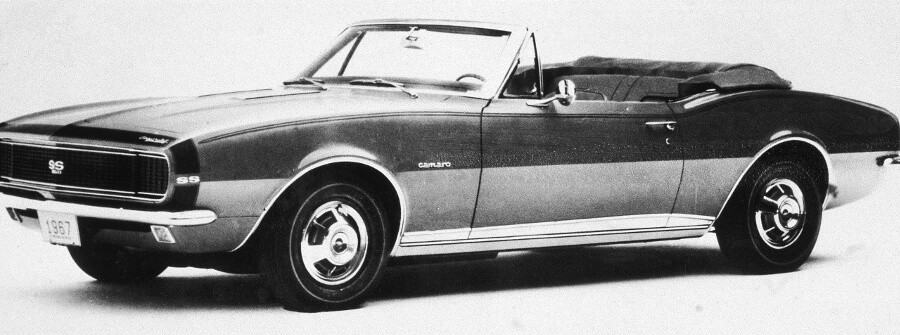
The automaker expected high sales volumes, so the Norwood plant equipment and assembly line were prepared accordingly. The first pilot prototype of the Camaro still exists. The Historic Vehicle Association (HVA) has even listed a special Camaro on its National Historic Vehicle Registry.
The world met the Camaro on June 28, 1966.
When it came time to introduce the first ever Chevrolet Camaro, Chevy really wanted to make a name for itself. Their public relations team organized a massive teleconference on June 28, 1966. Executives and members of the media gathered in hotels in 14 different US cities to find out what Chevy had up its sleeve.

A hundred technicians from Bell were on standby to make sure the call could be made without a hitch. The teleconference was a success, and in 1970, when Chevrolet was ready to start work on a second generation car.
Keep reading to find out how single rider modifications soon became standard.
Seven engine options
The Camaro didn't have just one engine option when it was first introduced. There weren't even two. There were seven. The smallest option was a six-cylinder engine with a single-barrel carburetor. Consumers could choose the L26 230 CID with 140 hp. or L22 250 CID with 155 hp
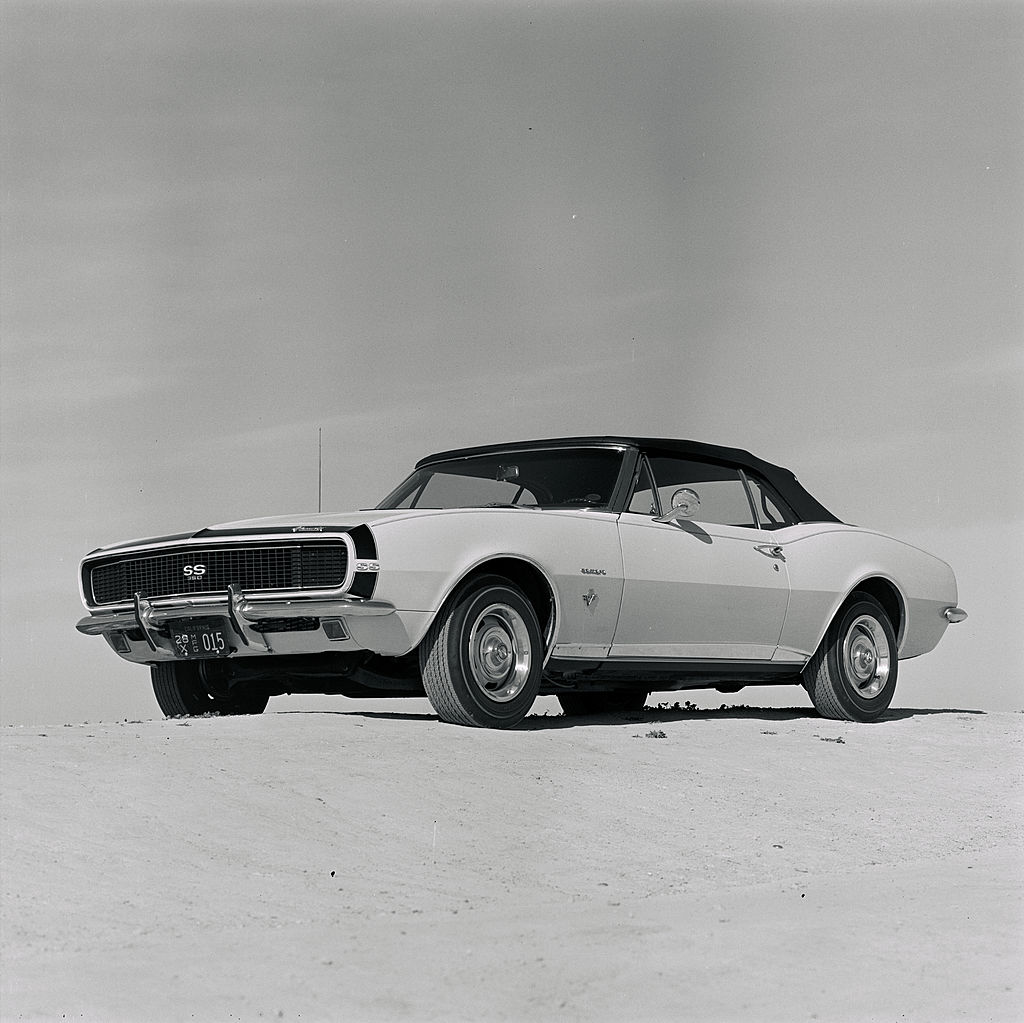
The most powerful engines offered by Chevy were two large engine blocks with four-barrel carburetors, the L35 396 CID with 325 horsepower and the L78 396 CID with 375 horsepower.
Yenko Camaro has become even more powerful
After the Camaro was introduced to the public, dealership owner and racing driver Don Yenko modified the car and built the Yenko Super Camaro. The Camaro could only fit a certain type of engine, but Yenko stepped in and made some adjustments.
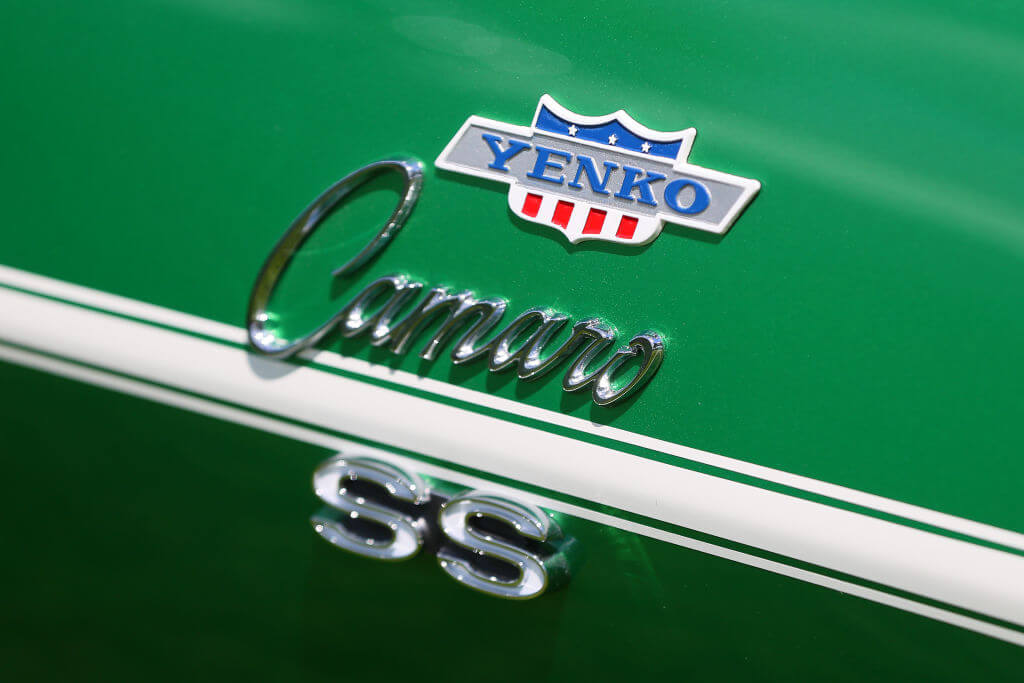
In 1967, Yenko took a few SS Camaros and replaced the engines with a 72 cubic-inch (427 L) Chevrolet Corvette L7.0 V8. This is a powerful machine! Jenko completely rethought the concept of Camaro and changed the way many people think about the car.
Tire spray option
The 1967 Camaro was produced exclusively as an option. Not only can you choose an engine, but you can also install a V75 Liquid Aerosol tire chain. It was supposed to be an alternative to snow chains used on snow. The reusable aerosol can will be hidden in the rear wheel wells. The driver could press a button and the spray would coat the tires for traction.
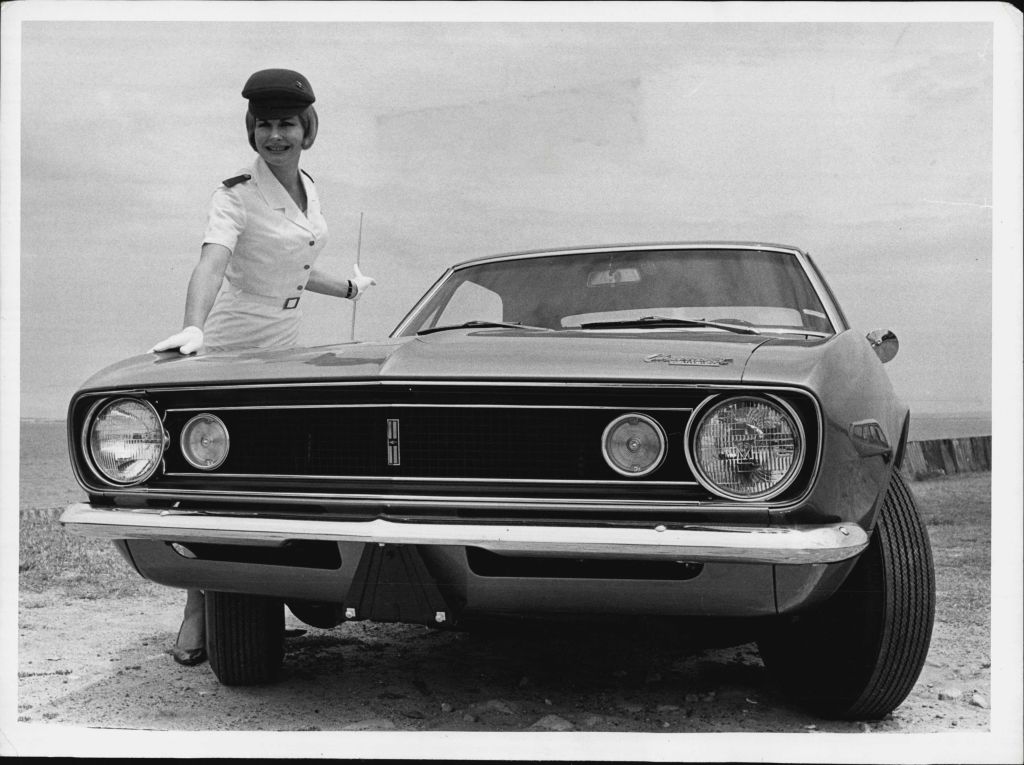
At first, this idea attracted consumers, but in practice it was not as effective as winter tires or snow chains.
The feature may not have been a hit, but just two years later the Camaro was to experience a resurgence in popularity.
1969 Camaro is even better than the original
In 1969, Chevy released a new, updated model of their Camaro. The 1969 Camaro became the most popular first generation Camaro. In '69, Chevy gave the Camaro a makeover, inside and out, and consumers couldn't be happier. Almost 250,000 units have been sold this year alone.
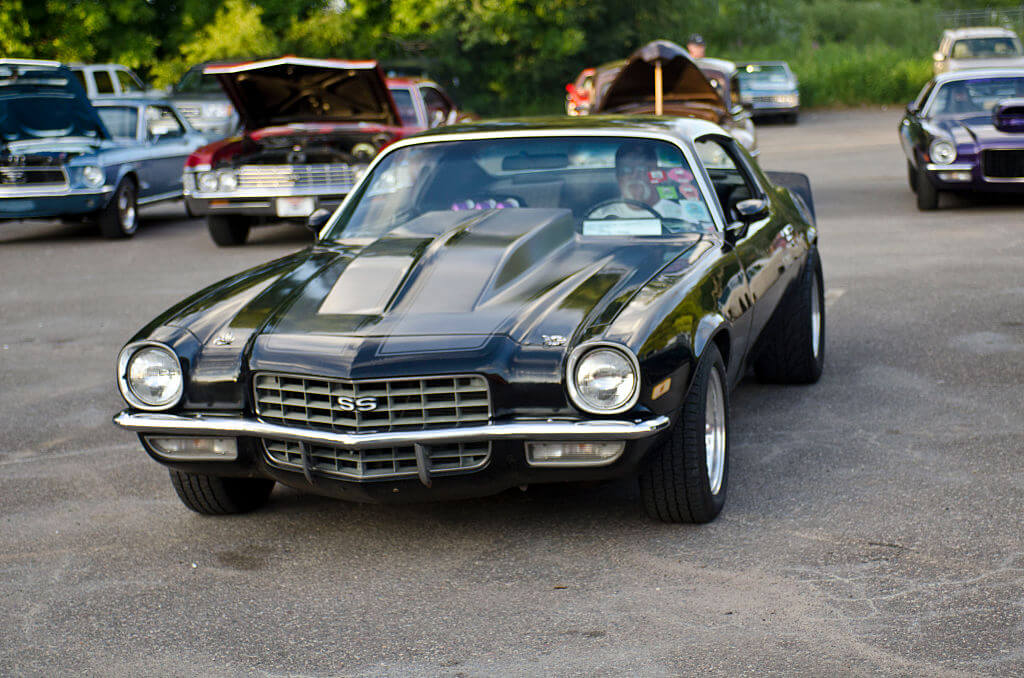
The 1969 model was called the "hug" and was aimed at the younger generation. It featured a longer lower body as well as an updated grille and bumpers, a new rear end, and round parking lights.
Chevrolet Camaro Trans-Am racing car
While the Camaro was a success with consumers, Chevy wanted to prove that this car could hold its own on the race track. In 1967, the automaker built the Z/28 model, equipped with a 290-liter V-302 high compression DZ4.9 engine with 8 hp. Team owner Roger Penske and racing driver Mark Donoghue have proven their worth in the SCCA Trans-Am series.
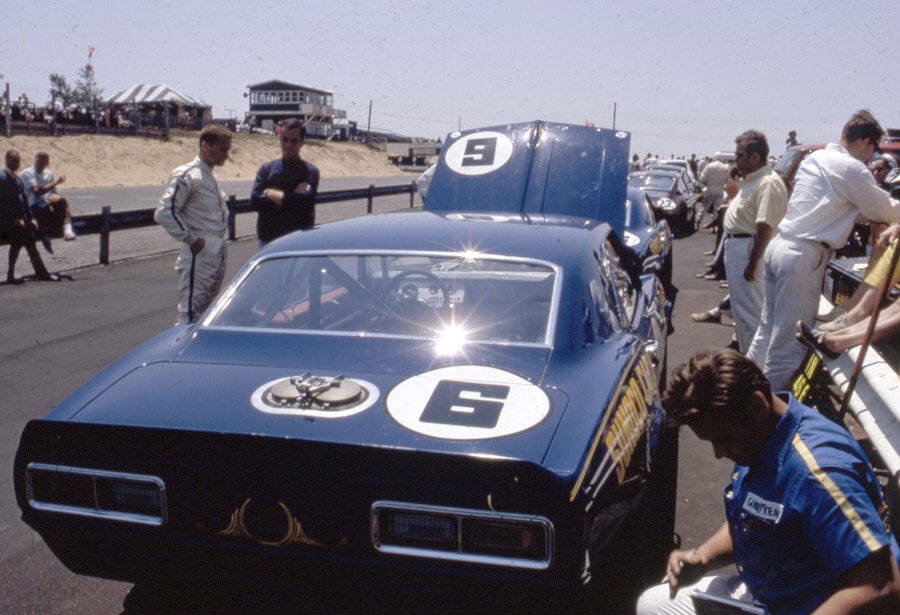
With this car, Donoghue was able to win several races. The Camaro was clearly a car capable of competing with the best of them.
Designers drew inspiration from Ferrari
Camaro designers drew inspiration from the iconic sleek design that Ferrari is known for. Pictured above is Eric Clapton's 1964 GT Berlinetta Lusso. Don't you see the similarities?

In 1970, GM produced almost 125,000 Camaros (compared to Ferrari, which only produced 350 units). The Ferrari Lusso 250 GT was the fastest passenger car at the time, with a top speed of 150 mph and acceleration from zero to 60 mph in seven seconds.
Camaro Z/28 spearheaded Chevy's comeback in the 80s
The Camaro quickly became a popular option in the 60s and early 70s, but sales declined slightly in the late 70s and early 80s. However, 1979 was the best-selling year for cars. Consumers have been enamored with performance cars and purchased 282,571 Camaros during that year. Almost 85,000 of them were Z/28.

The 1979 Chevy Camaro Z 28 was a two-door rear-wheel drive coupe with a three-speed transmission. It had a 350 cubic inch engine with 170 horsepower and 263 lb-ft of torque. With a top speed of 105 mph, it accelerated from zero to 60 mph in 9.4 seconds and covered the quarter mile in 17.2 seconds.
Then Chevy introduced this next crazy Camaro.
People were crazy about IROC-Z
In the 1980s, GM increased the performance of the Camaro with the introduction of the IROC-Z, named after the International Race of Champions. It featured 16-inch five-spoke wheels and a Tuned Port Injection (TPI) version of the 5.0-liter V-8 with 215 horsepower.
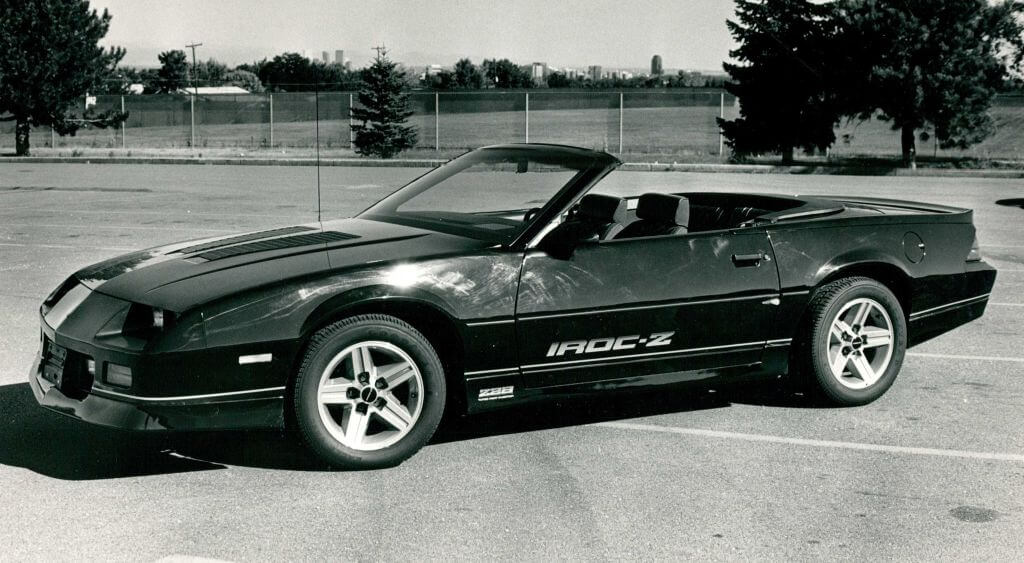
It also had improved suspension, Delco-Bilstein dampers, larger anti-roll bars, a steering frame brace called the "wonder bar" and a special sticker pack. It was on Car and driver list of top ten magazines for 1985. A special California IROC-Z was also created and was only sold in California. A total of 250 black and 250 red cars were produced.
See below how a 2002 classic car was resurrected.
2002 revival
At the beginning of the XNUMXs, many believed that the Camaro's time was up. The car was "both an old product and seemingly irrelevant and archaic". Car and driver. In 2002, to celebrate the 35th anniversary of the Camaro, the automaker released a special graphics package for the Z28 SS coupe and convertible. Then the production was closed.
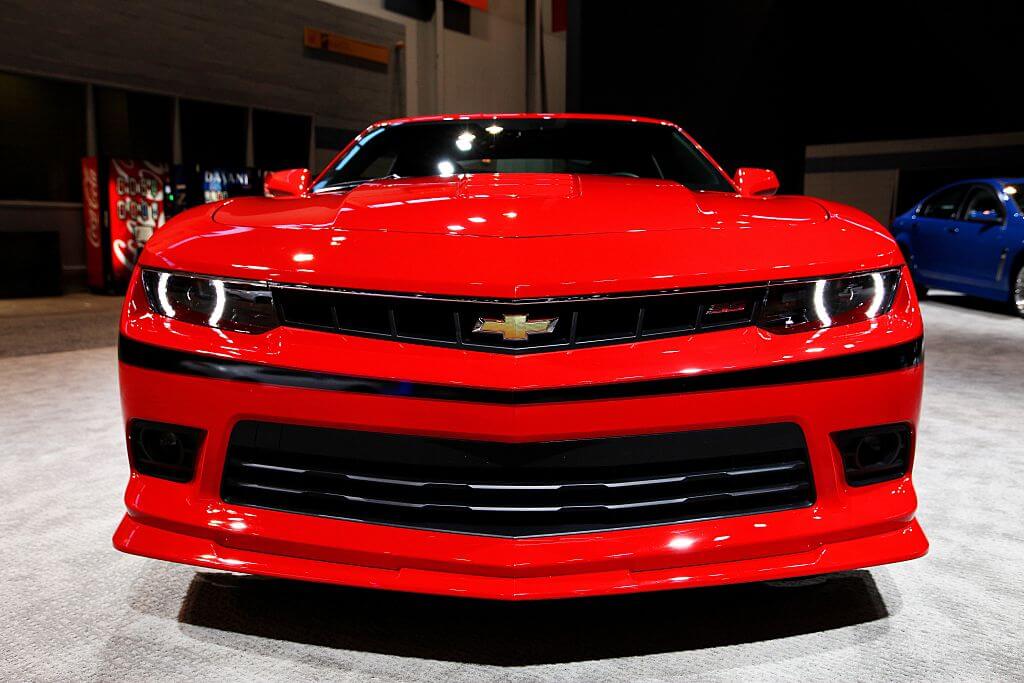
Luckily for fans, Chevrolet reintroduced the Camaro in 2010. The base and RS models were powered by a 304-horsepower, 3.6-liter, 24-valve, DOHC V-6 engine, and the SS model was powered by an LS-series 6.2-liter V-8 engine with 426 horsepower. The Camaro is back and still going strong.
Stepping up, see which actor on the top list is a big fan of the Camaro.
Rare Edition
One of the most exclusive Camaros is the Central Office Production Order (COPO) Camaro. This is such a rare occurrence that even many motorists do not know about it. This is designed for the track and they are assembled by hand. Die-hard fans can only buy it if they win a special lottery.
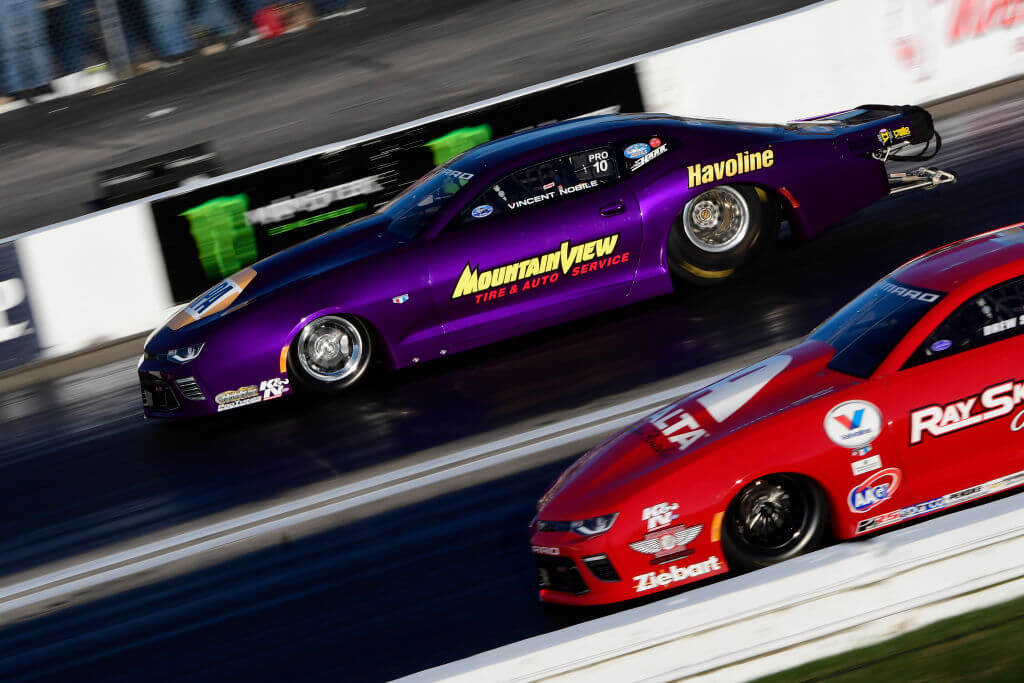
An average Camaro takes 20 hours to build and a COPO to release in 10 days. Each special edition vehicle has a unique number that makes the owner feel like they have something out of the ordinary. Chevrolet sells them for at least $110,000, but consumers can also buy COPO vehicles at auction for a little more.
bumblebee in Transformers Camaro
Although Chevrolet ended production of the Camaro in 2002, it returned in 2007 before production officially resumed a couple of years later. The car appeared in the first film in Transformers franchise. He appeared as the character Bumblebee. A unique version of the car was developed for the film.

The designers used existing concepts for the upcoming 2010 model to create the Bumblebee. Relationship between Camaro and Transformers The character was perfect because many years ago the car was known for the bumblebee stripe on the nose. The stripe originally appeared on the 1967 model year as part of the SS package.
Sylvester Stallone is a Camaro fan
Action star Sylvester Stallone is a Camaro fan and has owned several over the years, including an LS3-powered SS. More notable, however, is his 25th Anniversary Hendricks Motorsports SS. The customized 2010 car has 582 horsepower.
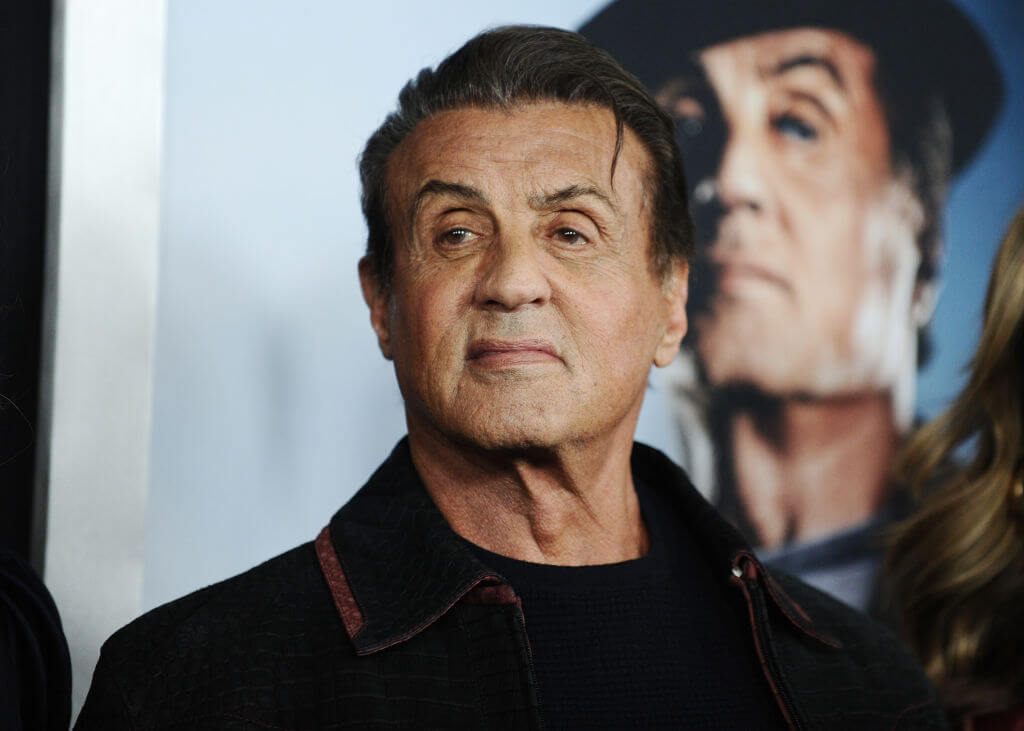
In addition to the power upgrade, the anniversary edition featured other body and interior modifications: a Callaway Eaton TVS supercharger, coil springs and wheels, as well as a carbon fiber front splitter, rear spoiler, rear diffuser and side sills. It clocked a quarter mile time of 11.89 seconds at 120.1 mph and a 60 to 3.9 time of 76,181 seconds. Its base MSRP was $25 and production was limited to just XNUMX units.
Neiman Marcus Limited Edition
Several Camaro special editions have been produced over the years, including the Camaro Neiman Marcus Edition. The 2011 convertible was burgundy with ghost stripes. It cost $75,000 and was sold exclusively through the Neiman Marcus Christmas catalog.
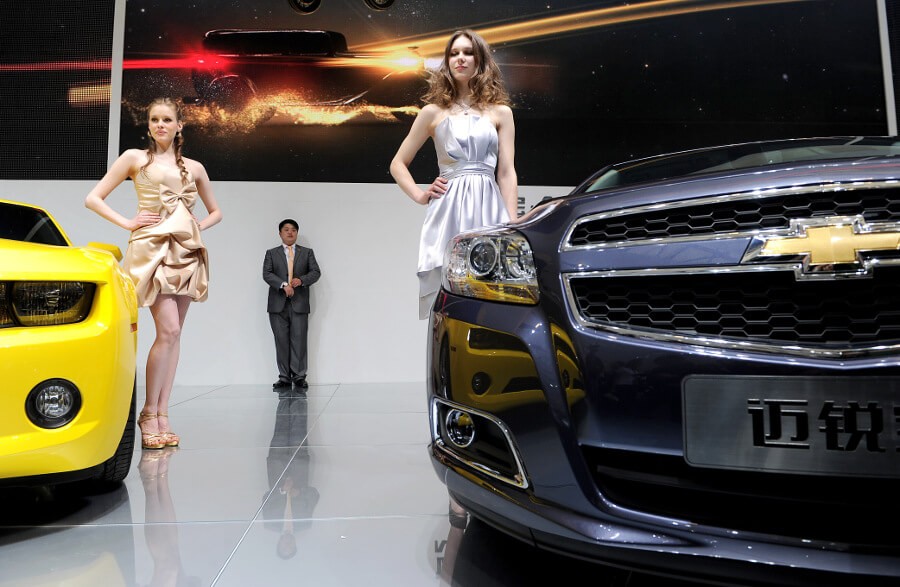
It was such a big hit that all 100 specials sold out in just three minutes. The Neiman Marcus Camaros was fitted with a host of options including 21-inch wheels, a convertible top and a beautiful Amber interior. The Camaro was equipped with a 426 horsepower LS3 engine. One of the models sold at auction in 2016 in Las Vegas for $40,700.
Official vehicle of the Dubai Police
In 2013, Dubai Police decided to add the Camaro SS coupe to its fleet. Up to this point, Camaros have not been used as patrol cars in the Middle East. The Camaro SS is powered by a 6.2-liter V8 engine producing 426 horsepower and 420 lb-ft of torque. It has a top speed of 160 mph and accelerates from zero to 60 mph in 4.7 seconds.

“The Camaro is highly regarded around the world,” said Maj. Gen. Khamis Mattar Al Mazeina, Deputy Chief of Dubai Police. "This is the perfect vehicle for the Dubai Police as we strive to upgrade our vehicles to meet world-renowned Emirati safety standards."
Indy 500 record racing car
You may not think of the Camaro as a race car, but in 1967 a 325-horsepower, 396-horsepower V-8 Camaro convertible was used as a race car for the Indianapolis 500.

Race officials were running doubles created during the first races. The Camaro was the first official Indy 500 race car to be used twice in its first three years of production. It has since been used a total of eight times during the Indy 500. Believe it or not, this car can move!
Ahead is a rare version of the Camaro that you can't even buy today.
Six different body styles
The Camaro has six different body styles. The first generation (1967-69) was a two-door coupe or convertible model and featured the new GM F-body rear-wheel drive platform. The second generation (1970–1981) saw wider styling changes. The third generation (1982–1992) featured fuel injection and hatchback bodies.
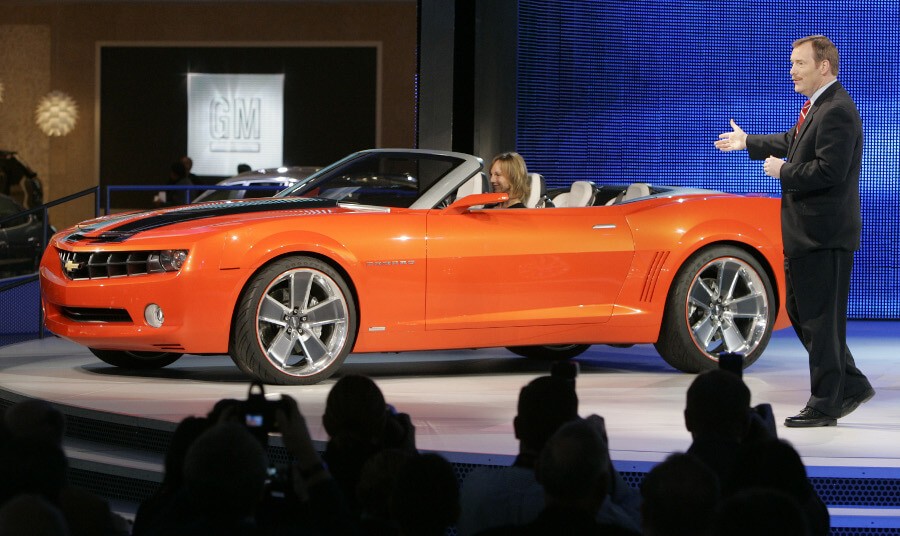
Fourth generation (1993–2002) was a 2 plus 2 seat coupe or convertible. The fifth generation (2010-2015) was completely redesigned and based on the 2006 Camaro Concept and 2007 Camaro Convertible Concept. The sixth generation Camaro (2016–present) was launched on May 16, 2015, to coincide with the car's 50th anniversary.
Even some of the biggest Camaro fans don't know about this rare version of the car.
Two 1969 versions
In 1969, Chevy released two versions of the Camaro. The first versions were made available to the general public. It had a 425 hp 427 hp big block V-8 engine. It was a beast on the streets, but it wasn't enough to satisfy the automakers' need for speed.

Their company also produced one specifically for Chaparral. The racing team planned to use the monster in the CAN Am series. This particular beast was known as the COPO and had 430 horsepower!
It might be more than a race
The COPO Camaro may have been designed for the race track, but that doesn't mean it never took to the streets. Along with its racing pedigree, it was also designed as a "park" car and was made available for commercial use. If you've ever wondered how the cops ended up driving the Camaros, now you know.
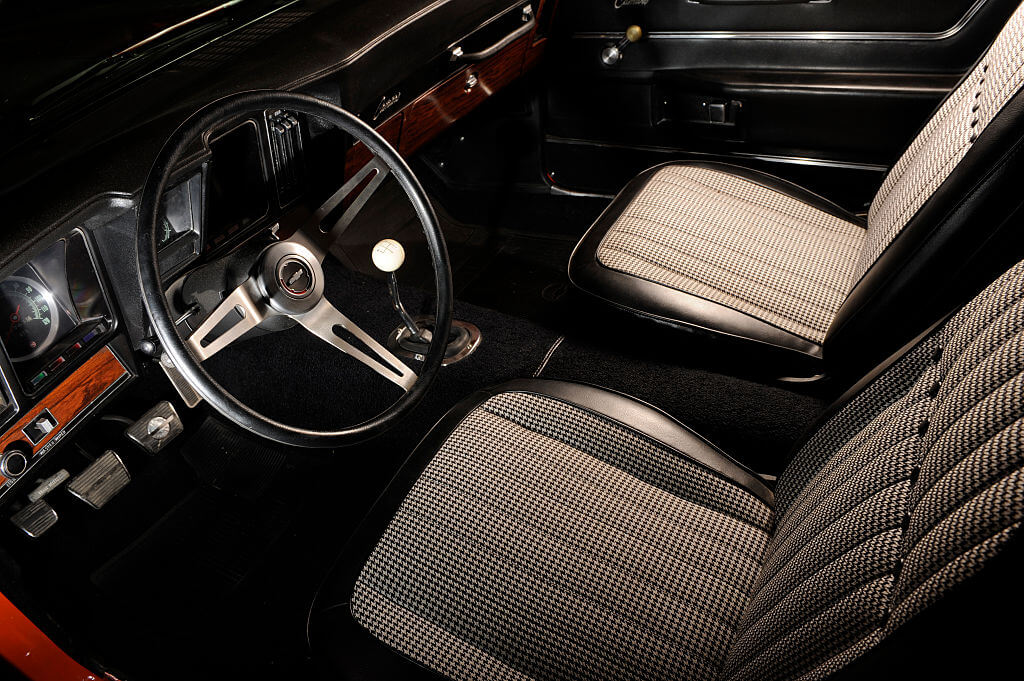
According to the police, the Camaro was equipped with a new reinforced suspension. Do you remember what else these Camaros were used for? The answer is taxis that have been given a much-needed dirt-repellent interior!
No more big block engines
In 1972, Chevrolet discontinued the Camaro with big-block engines. Some of these models still had an engine that was $96 more expensive than the small-block 350. However, if you lived in California, you only had the small-block option.

A total of 6,562 1972 Camaros were built in 1,000. Of that number, fewer than XNUMX were built with big-block engines. Of course, if you bought a Camaro that didn't have one, there were ways to upgrade the car, it just wasn't cheap.
The hatchback was introduced in 1982.
In 1982, Chevrolet did something crazy. This gave the Camaro its first hatchback version. As you know, the Camaro's goal was to compete with the Mustang. Three years earlier, Ford had successfully launched the Mustang with a hatchback, so Chevy needed to do the same with the Camaro.

The Camaro hatchback proved to be surprisingly popular. For the next 20 years, Chevy offered it as a package for car buyers. In 2002, this option was removed and the Camaro returned to its more traditional form in 2010.
This time with air conditioning
It may not seem like such a big deal, but for the first five years of the Camaro's existence, air conditioning was not a purchase option. Finally, after enough complaints, Chevy did the practical thing and offered air conditioning for the first time.

The first air-conditioned model was the Z28 in 1973. To make the addition possible, the company detuned the engine from 255 to 245 horsepower and put a hydraulic unit in the car. Thanks to this, Camaro owners in the desert were finally able to move clearly and freely!
Alloy wheels 1978
The first year Chevy started offering Camaros with alloy wheels was 1978. They were part of the Z28 package and had five spoke 15X7 tires with white lettering GR70-15. The introduction came a year after Pontiac began equipping the Trans Am with the same wheels.
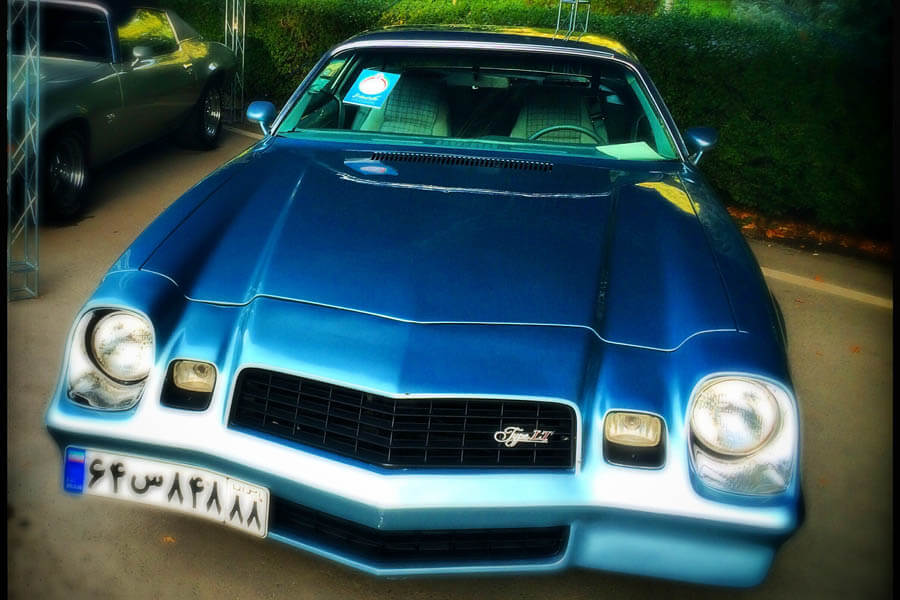
By adding alloy wheels and buying a T-top Camaro, you have the best model in the lineup. The T-shirts were introduced that same year, also after other cars, and cost $625. Just under 10,000 models were produced with this feature.
Restoration of striped Camaros
If you ever see a striped Camaro on the road, there's an easy way to tell if it's been restored or not. Chevy only put stripes on first-generation Camaros with SS badges. Two wide stripes always ran along the roof of the car and the trunk lid. And only models from 1967 to 1973 received the stripes.

If any other Camaro has these stripes, then you know it has been restored, either by hand or by a local professional. The only exception to this rule are the 1969 Camaro pace cars, which had SS badges but no stripes.
Keep it under wraps
When Chevy started working on the Camaro, they kept the project under wraps. He not only bore the code name "Panther", but was also hidden from prying eyes. The car's mystery helped create anticipation for a possible reveal and release. The tactics were the opposite of Ford's.

A month after the Camaro was introduced to the world, Chevy began delivering the Camaro to dealerships across the country. For many, this introduction marked the beginning of the "Pony Car Wars," a vicious battle between manufacturers that continues to this day.
More powerful than before
The 2012 Camaro brought the most powerful version of the car to market. The 580 horsepower car was heavily upgraded from the original 155 horsepower model. Heck, even the 1979 Camaro only had 170 horsepower.

However, no Camaro compares to the 2018 model. Powered by a 6.2L LT4 V-8 engine, this bad boy has more efficient heat transfer than previous models and still outshines them all with 650 horsepower!
All in numbers
In 1970, Chevrolet faced a serious problem. They didn't have enough New Year's Camaros to meet demand and had to improvise. Well, not so much to improvise as to delay the release. This meant that most 1970 Camaros were actually 1969 Camaros.

As the pro says, “The body dies required too much draw for the sheet metal to interact. Fisher decided to reconfigure the drawing dies... the resulting quarter panels, stamped from the new dies, were worse than the previous attempt. What to do? Chevrolet has again delayed the Camaro and Fischer has created completely new dies.”
There was almost a Camaro station wagon
If you thought the hatchback variant was a bad thing, then you'll be more than happy to know that Chevy has scrapped plans for a station wagon version. The new model was aimed at modern families looking for a sleek new car to take their kids to soccer practice.
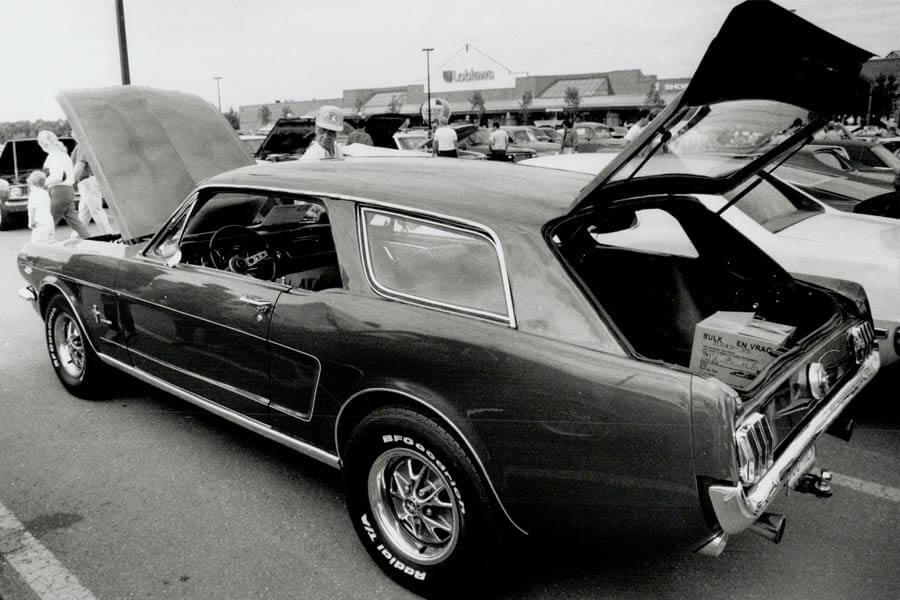
The company had developed the car and was preparing to launch when they shut it down. Let's all breathe a sigh of relief that this version of the Camaro never hit the market!
Cabriolet Camaro
The Camaro did not come with a convertible until more than two decades after its release. However, this does not mean that a convertible version has never been produced before. In 1969, engineers were preparing to demonstrate the new Z28 to GM President Pete Estes.
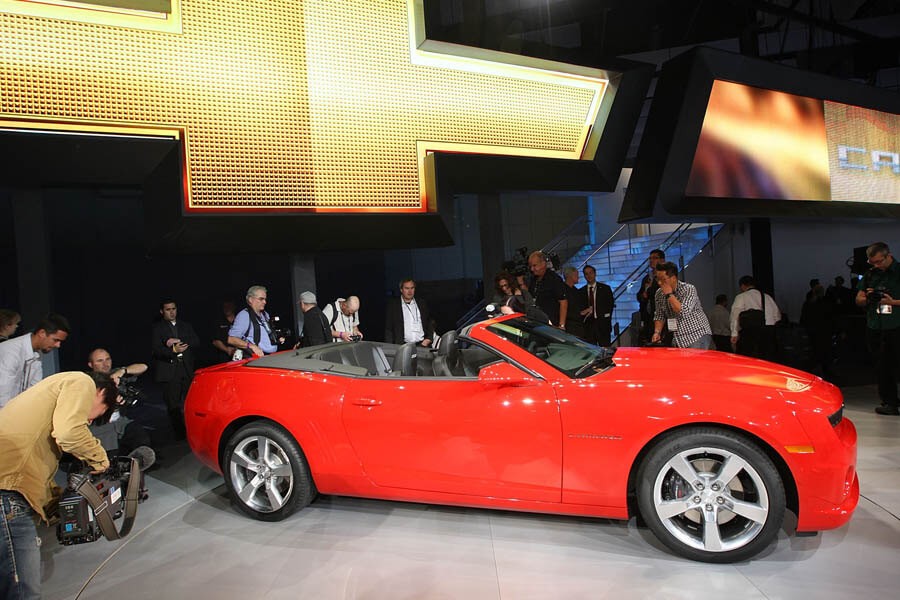
The group knew that he loved convertibles, and in order to sell the new model to the boss, they made it a convertible. Estes liked it and continued production. However, a convertible version was never offered to the public, making Estes' Camaro one of a kind.
Easier and faster than ever
In an effort to compete even more with the Mustangs, Chevrolet began to explore ways to improve the performance of its vehicles. There are two ways to do this; increase the power of weight reduction. As a result, Chevy began developing modifications to reduce the weight of the Camaro.
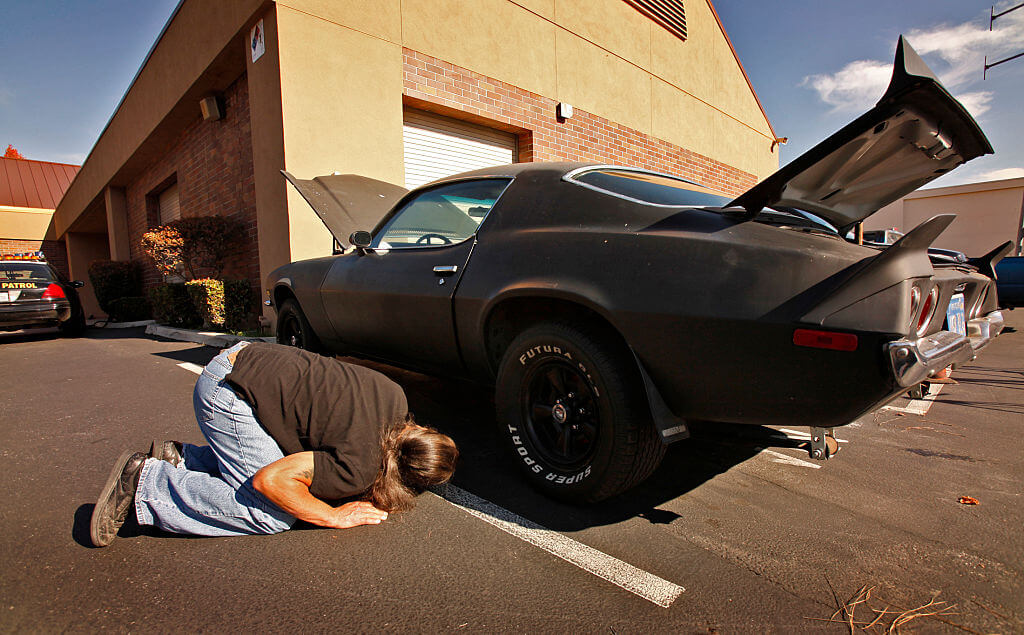
In the fifth generation Camaro, the thickness of the rear window glass has been reduced by 0.3 millimeters. The slight change resulted in a one pound loss and a slight increase in power. They also reduced the upholstery and soundproofing.
What does COPO mean?
Only true Camaro fanatics know the answer to this question. Earlier we talked about the COPO Camaro, but did you know that these letters stand for the production order of the central office? The exclusive car is used primarily for racing, but has "fleet" capabilities.
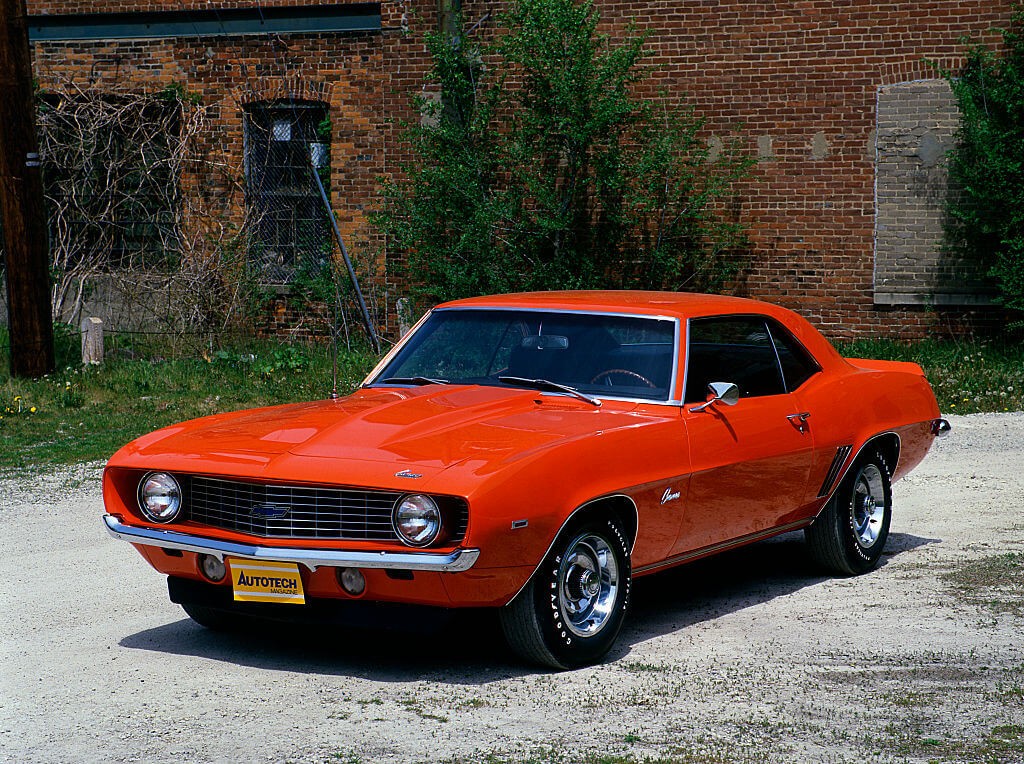
Chevy only sells this version of the car to real gearboxes, so if you've never heard of any utility today, you're not alone. Each is built exclusively and can take up to ten days to complete. By comparison, a commercial Camaro rolls off the assembly line in 20 hours.
Not a Detroit car
You might think the Chevy Camaro is a Detroit baby, but you're wrong. Think back to our previous slide about Camaro prototypes. Do you remember where we said it was built? Despite Chevy being associated with Detroit, the original Camaro was designed and built near Cincinnati.
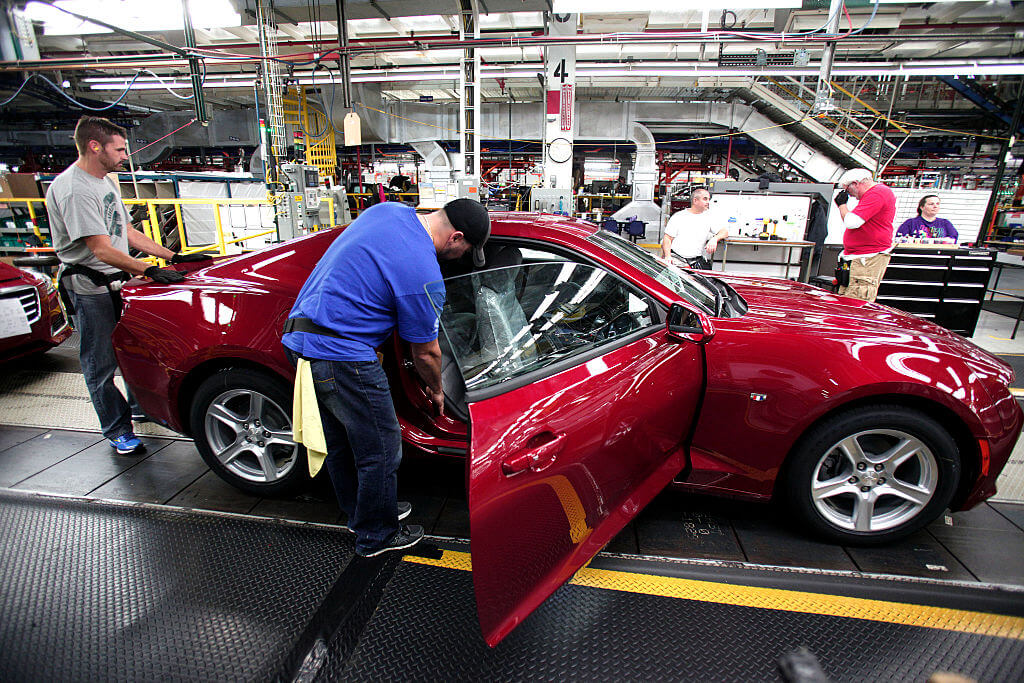
It turns out that Cincinnati should be known for more than chili spaghetti. It was in Norwood, Ohio that Chevy produced the first fleet of Camaro prototypes. The next time you're at a quiz and this question comes up, you can sleep easy knowing you've contributed to your team.
Rising up against the Mustang
There is no such rivalry between muscle cars as there is between Camaro and Mustang. Chevy was on top of the world with the Corvair when Ford introduced the Mustang and took the throne. Seeking to reclaim its crown, Chevy gave the world the Camaro, and one of the great automobile wars was born.
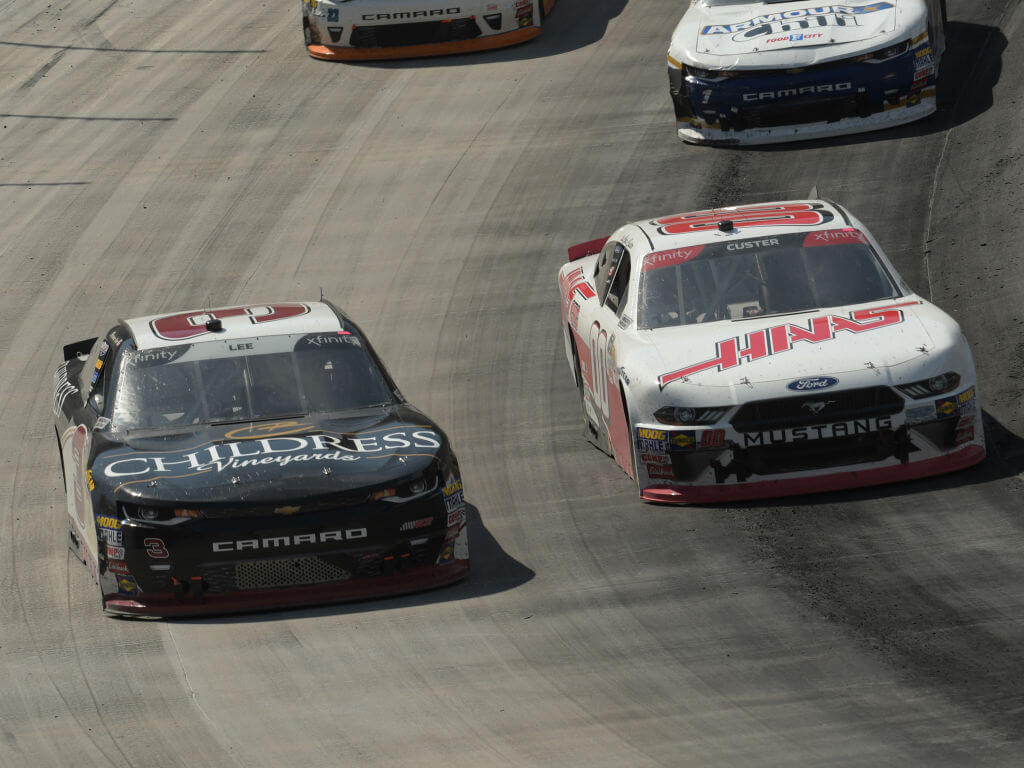
Half a million Mustangs were sold in 1965. In the first two years of the Camaro's existence, 400,000 were sold. The Mustang may have had the upper hand early on, but the Camaro is doing so today thanks to movie franchises like Transformers.
Golden Camaro
You know what's so special about the first ever Camaro prototype? Chevy made it with a gold color scheme for the interior and exterior. The golden touch wasn't just Chevy's hope. The car was a huge success and helped them stay competitive in the muscle car market.

After the success of the first prototype, each "first model" Camaro prototype received the same treatment. The Midas touch even helped the car retain sales as consumers turned their backs on big, fast, gasoline-powered cars.
Chevy's pride and joy
No car has been more important to Chevrolet's heritage than the Camaro. The Corvette is beautiful and shiny, but the Camaro helped make muscle cars a national highlight. Sometimes the value of a car is more important than the price tag. Not that the Camaro is cheap or anything like that.
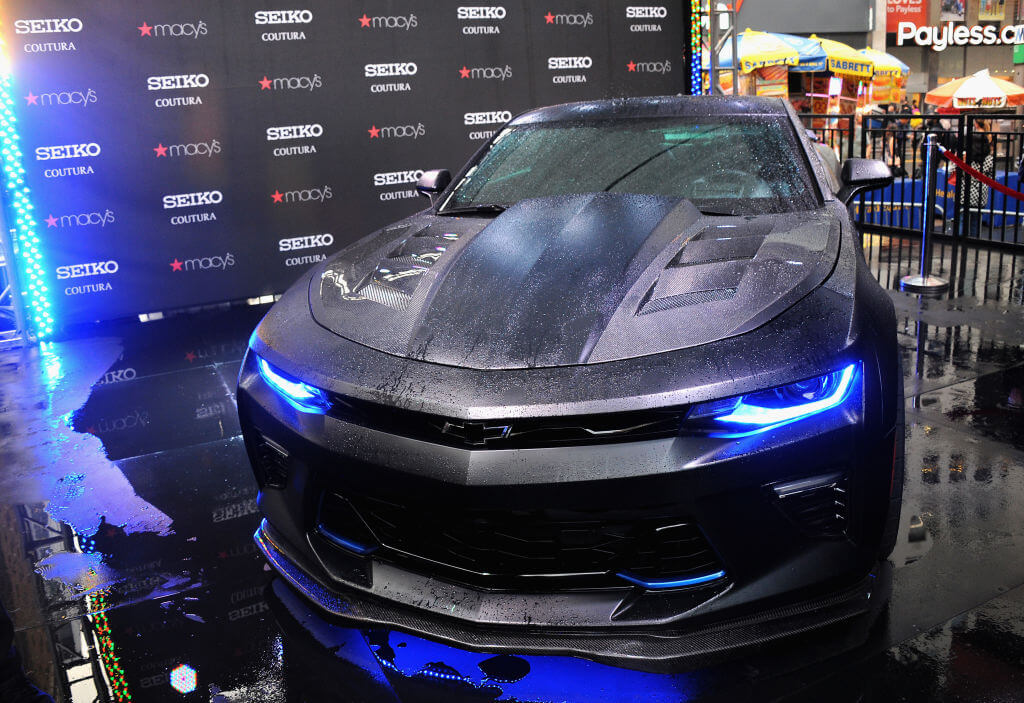
Thanks to the Camaro, Chevy has been one of the largest car manufacturers in the world for more than 50 years. Today, the company continues to shine, winning award after award, even more perpetuating its name in stone.
It only gets better with age
Today, the Chevrolet Camaro is the third most popular collector's car in the United States. More than a million insured CIT vehicles are in circulation, Hagerty said. In terms of popularity, the Camaro is second only to the Mustang and Corvette. We're sure Chevy won't be upset that two made it into the top three!
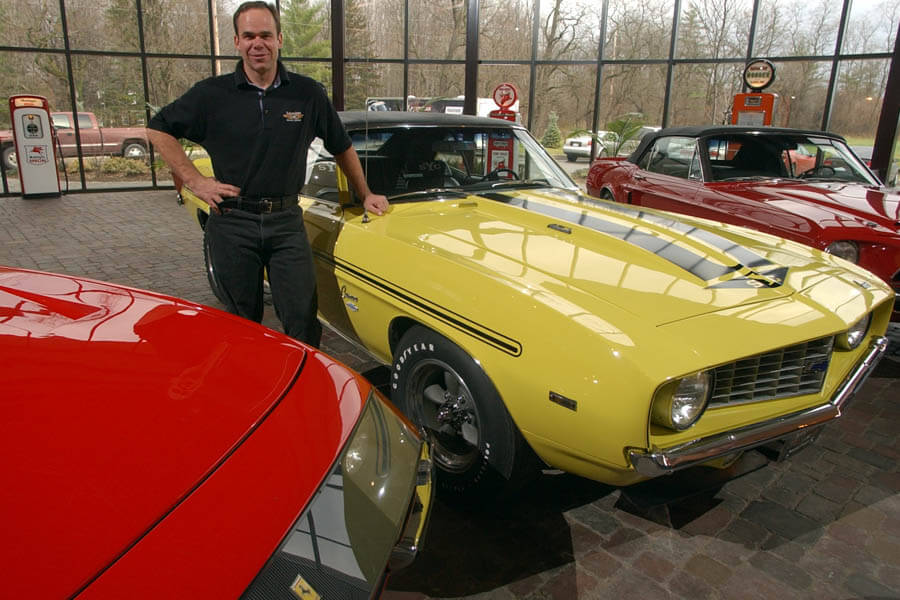
Again, think about their "war" with Ford and Mustang, maybe that doesn't sit well with them. They just need to keep producing sleek, fast and incredibly collectible models to make up the difference!
piece of history
You would think that given how iconic the Camaro is, it would have been listed on the HVA National Historic Vehicle Registry sooner than 2018. Now is the best time to fix the bug, and now the prototype Camaro is joining its muscle car brethren.

Once measured and recorded, the car will be permanently placed next to the prototype Shelby Cobra Daytona, the Furturliner and the first Meyers Manx dune buggy.
